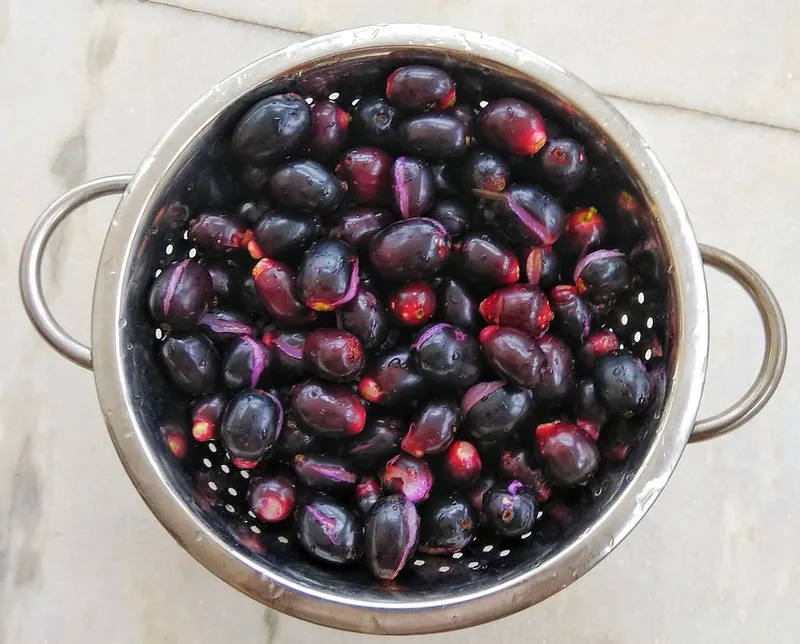10 Indian superfoods to include in your diet this summer
Superfoods pack a lot of nutritional value in the form of vitamins, minerals, and antioxidants. Because we live in a tropical country with diverse cooking techniques, many of our favorite foods fall within this category.
A “superfood” packs a lot of nutritional value in the form of vitamins, minerals, and antioxidants. Vitamins and minerals are essential to maintain the complex functions of the human body, and antioxidants help neutralise dangerous free radicals.
Of course, no single food can provide everything we need, and a healthy mix-and match of dishes across the nutritional spectrum is the most important part of any diet.
One of the benefits of living in a tropical country with an ancient understanding of food and diverse cooking techniques is that many of our favorite foods contain a lot of nutritional benefits and can therefore be classified as “superfoods”. With a little creativity, even the ones we don’t like (we’re looking at you, karela) can easily be incorporated into our diets.
Here are 10 Indian superfoods that are perfect for summer.
1. Amla — Move over overpriced acai berries. They are packed with Vitamin C and antioxidants, and are known to boost immunity, reduce bad cholesterol, control blood sugar, and improve your skin and hair. This yellow-green berry may be sour, but don’t let that deter you. Add a few pieces while you’re cooking sabzi or making fruit juice and it’ll blend right in. Amla is surprisingly versatile and can be pickled into an achaar or ground into a lip-smacking chutney. If you’re feeling particularly indulgent, amle ka murabba makes for a delicious dessert.

source : PixStory
2. Kala Jamun — The desi version of goji berries, kala jamun is not just delicious, but also low calorie and loaded with vitamins, minerals, and antioxidants. It's also rich in fibre, and great for controlling diabetes. What’s more, the purple coating it leaves on your tongue makes eating it a uniquely enjoyable experience. It's best eaten raw, but can also be churned into a healthy, homemade frozen yogurt or ice cream.

source: PixStory
3. Coconut — In the West, rich folk pay a premium for this trending fruit. Luckily, we don’t have to. It's local. Tender coconut water is low calorie and filled with nutrients, making it great for replenishing electrolytes on a hot, summer day. The inner fruit is rich in fiber, minerals, and healthy fats, and tastes great whether eaten plain, as a chutney or ground into a spicy kurma.

source: PixStory
4. Chickpeas — A great alternative to meat-based proteins, the popularity of chickpeas is increasing around the globe. This legume is high in protein and fiber. Because it is so satiating, it can even help you lose weight. It's filled with essential minerals and is a great source of Vitamin B6. Whether they’re in a spicy chana curry or churned into hummus, chickpeas are probably the tastiest health food in the world.
5. Sprouts — Germination increases the availability of nutrients and amino acids in seeds, making them easier to digest. A reliable source of protein, everyday lentils and beans can easily be sprouted and added to your diet. Sure, they can be eaten plain, but they taste so much better if you get creative and add them to salads, chaats, stir-fries, and curries.

source: PixStory
6. Turmeric — Often sold as a supplement in the form of pills, haldi is an ancient Indian herb that continues to be used in our everyday food. Curcumin, a compound contained in haldi, is a powerful antioxidant with anti-inflammatory properties. It’s been shown to help with depression, ease PMS symptoms, soothe joint pain, improve brain function, and fight off a variety of viruses. No wonder Ayurveda is obsessed with this root.
7. Kokum — Kokum has been used for centuries on the Konkani Coast to aid digestion, protect the liver, and treat heat exposure. Kokum sherbet is a great way to beat soaring summer temperatures with a cold, healthy drink. This sour fruit can also be used to make rasam, kadi or tea.

source: PixStory
8. Bitter Gourd — The infamous karela has potent medicinal properties and is often used to control blood sugar. Because it contains powerful antioxidants and important vitamins, it’s also great for your overall health. Its bitterness can be reduced by adding salt, lemon, curd, or sugar, and many talented cooks manage to whip it up into a delicious sabzi.

source : PixStory
9. Mango — Research says it’s good to indulge every now and then. Instead of packaged sweets and ice creams, take advantage of fresh fruits that are available in the summer round. Mangos may be calorie-dense but are more than worth it. Rich in minerals like magnesium and potassium, which are known to regulate blood pressure, and an excellent source of multiple vitamins and the antioxidant beta-carotene. Mangos are also full of fiber and can aid digestion. Eat them as is, or throw them into a mixie to get delicious milkshakes and smoothies.
10. Okra — Bhindi ki sabzi is a household favorite for good reason. Okra is surprisingly low calorie and packed with an impressive amount of nutrition. Apart from being an excellent source of Vitamins A, B6, C, and K, fiber, and several antioxidants, this veggie also manages to pack some protein, something we all need more of in our diets.

source: PixStory
Edited by Saheli Sen Gupta







